
Charles I (Anthony van Dyck ) Anthony van dyck, Portrait, King charles
Introduction This triple portrait was commissioned from Van Dyck by Charles I and sent to aid Lorenzo Bernini in the sculpting of the king's bust in marble. Pictorial In each view the King's costume is of a different colour, and each delicate lace collar is a different pattern.
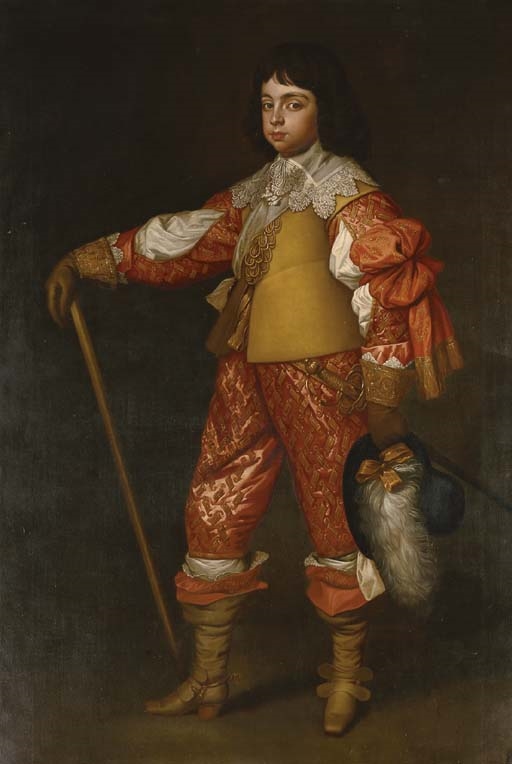
Anthony van Dyck Portrait of Charles, Prince of Wales (163085
Charles I in Three Positions, also known as the Triple Portrait of Charles I, is an oil painting of Charles I of England painted 1635-1636 [1] by the Flemish artist Sir Anthony van Dyck, showing the king from three viewpoints: left full profile, face on, and right three-quarter profile. It is currently part of the Royal Collection. [2]
.jpg!Large.jpg)
Charles I in Three Positions, 1635 1636 Anthony van Dyck
Oil painting [br] Also known as Charles I, and Triple portrait of Charles I, the painting was sent to Rome in 1636 for Italian sculptor, Gian Lorenzo Bernini, to use as reference for a marble bust of the King.

Equestrian portrait of Charles I by Anthony Van Dyck ️ Van Dyck Anthony
Anthony van Dyck, Equestrian Portrait of Charles I, detail, c. 1637-8, oil on canvas, 367 x 292.1 cm ( National Gallery, London) Around the neck of the king hangs a gold locket or medallion which bears the likeness of Saint George and the Dragon, known as the Lesser George. Saint George, the archetypal Christian knight, is the patron of the.
.jpg)
After Sir Anthony van Dyck , Portrait of King Charles I (16001649
Caravaggio's style of painting is easily recognizable for its realism, intense chiaroscuro and the artist's emphasis on co-extensive space. Following the evolution of Caravaggio's paintings is almost like a visual history of his life: from his simple, humble beginnings in his paintings of genre scenes, still-lifes and using himself or his roommate as a model, to his meteoric rise to success.
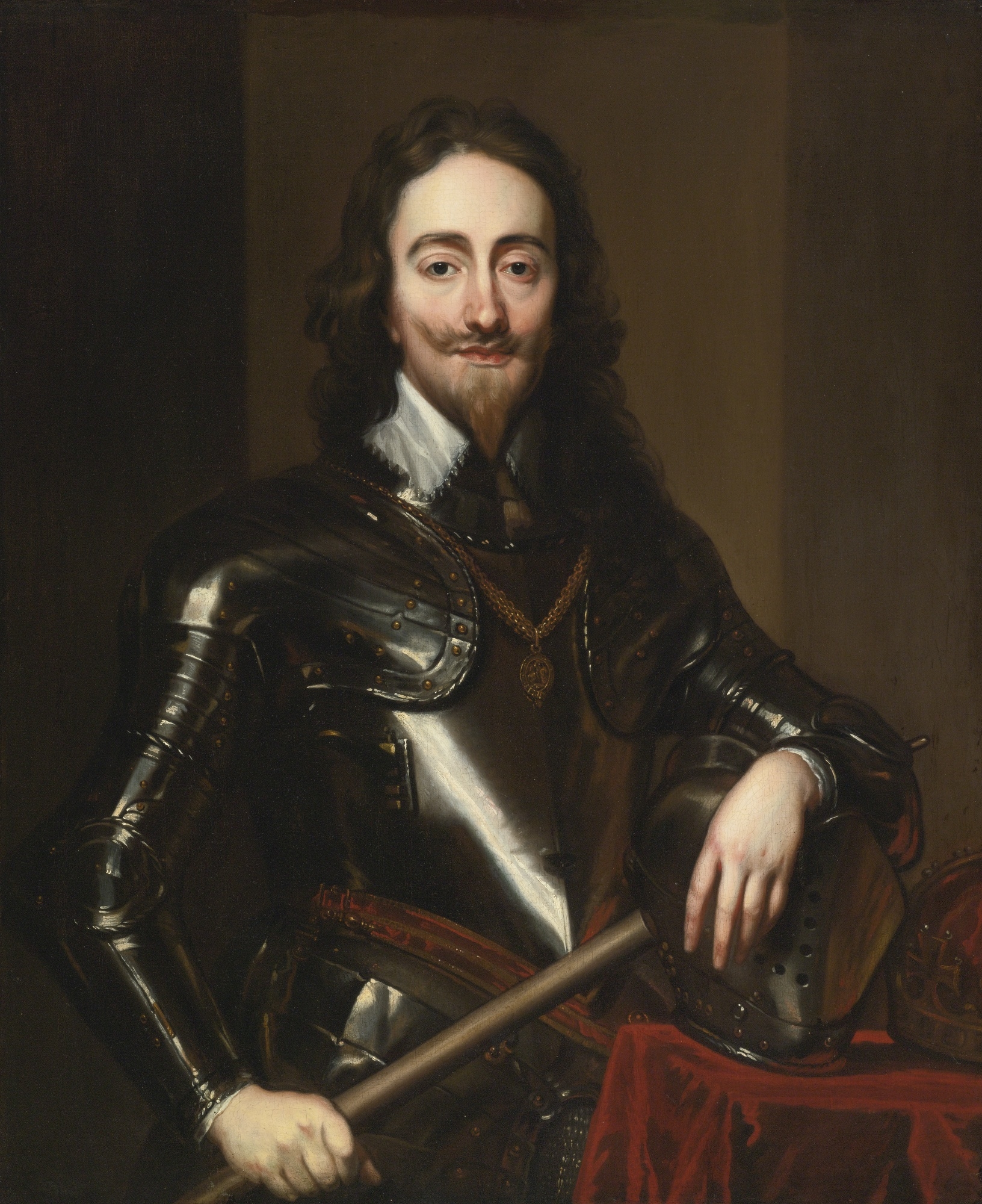
Anthony van Dyck PORTRAIT OF CHARLES I MutualArt
Van Dyck had presumably been influenced by Lotto's 'Portrait of a Man in Three Positions' (Kunsthistorisches Museum, Vienna), which was in Charles I's collection at this time. The King's portrait in turn probably influenced Philippe de Champaigne, who in 1642 painted a 'Triple Portrait of Cardinal Richelieu' (National Gallery, London) to assist.

Paintings Reproductions Charles I (16001649) by Anthony Van Dyck
Van Dyck had been influenced by the "Triple Portrait of a Goldsmith" by Lorenzo Lotto (1530), which was in Charles I's collection at this time. The King's portrait, in turn, influenced the "Triple Portrait of Cardinal de Richelieu" by Philippe de Champaigne (1642), also created to assist Bernini with a bust of the Cardinal.

Fine Art Painting Oil, Portrait Painting, Digital Painting, Adele
The Equestrian Portrait of Charles I (also known as Charles I on Horseback) is a large oil painting on canvas by Anthony van Dyck, showing Charles I on horseback. Charles I had become King of England, Scotland and Ireland in 1625 on the death of his father James I, and Van Dyck became Charles's Principal Painter in Ordinary in 1632.
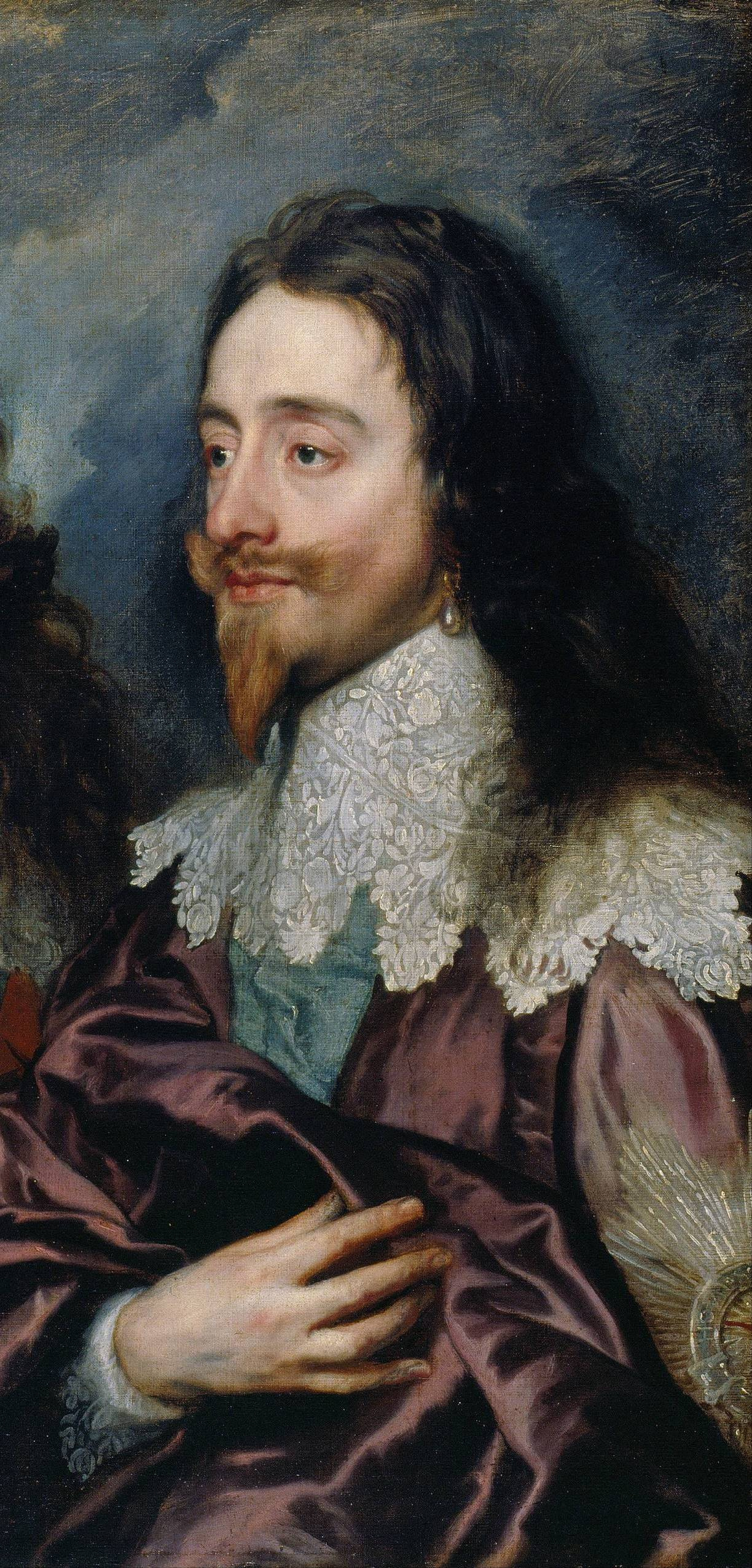
Triple portrait of Charles I, king of England (detail), 1635 by Anthony
Article Wikipedia article References This triple portrait had an unusual function as a kind of design for sculpture. In 1636 Charles I dispatched the original of this painting by Sir Anthony van Dyck to the sculptor Gian Lorenzo Bernini in Rome. It was to assist in the making of a marble bust.
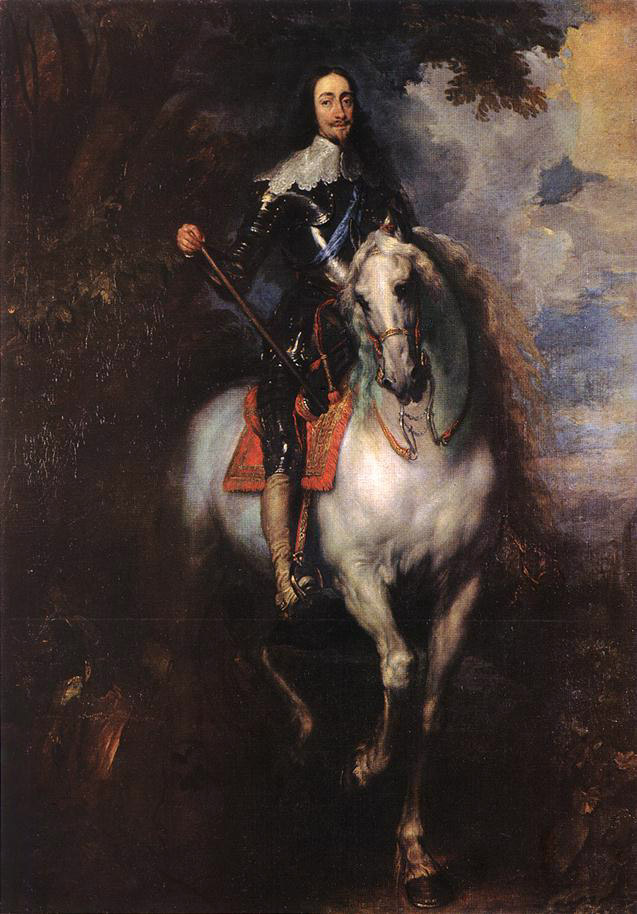
Equestrian Portrait of Charles I, King of England, 1635 1640
This triple portrait had an unusual function as a kind of design for sculpture. In 1636 Charles I (ruled 1625-1649) dispatched the original of this painting by Sir Anthony van Dyck (1599-1641) to the sculptor Gian Lorenzo Bernini (1598-1680) in Rome. It was to assist in the making of a marble bust.

In Focus The Van Dyck portrait that shows Charles I as monarch
Email: [email protected] / Phone: +44 7429 011000 Perhaps the most memorable of all King Charles I's portraits, this extraordinary work by Anthony van Dyck captures the monarch at three different angles King Charles I was a true follower of the arts, building one of the finest collections of Renaissance and Baroque art ever seen.
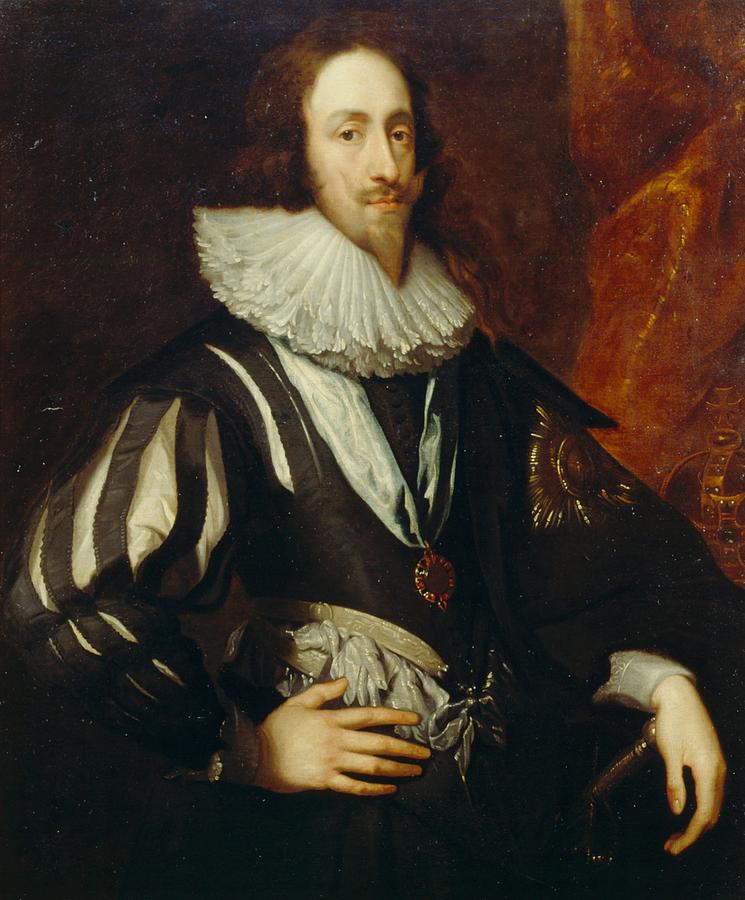
Charles I Painting by Anthony van Dyck Fine Art America
Join Lucy Chiswell as she reveals the unexpected in this iconic image of King Charles I. This is a YouTube video player. Below the video are the title, view time and description. Below that is a carousel of video thumbnails. Clicking a thumbnail will load and play that video. With his signature.

Gods and Foolish Grandeur One bust, not two, then none multiple
It is no understatement to assert that the Flemish artist Sir Anthony van Dyck virtually single-handedly brought about a revolution in portrait painting in early seventeenth-century England.
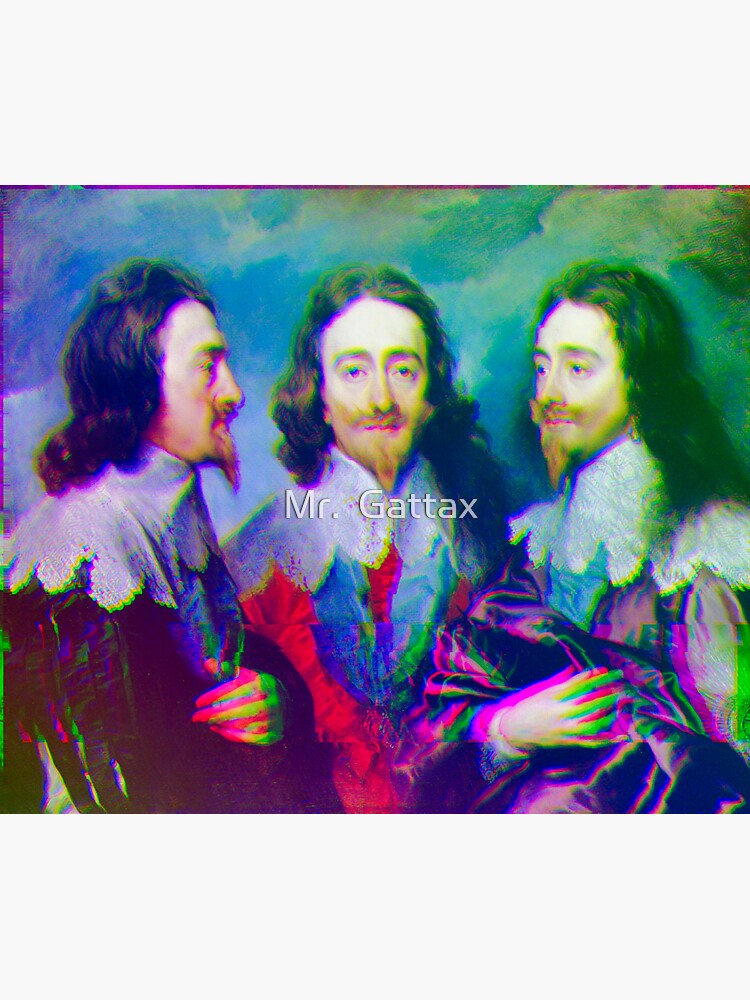
"Charles I in Three Positions (the Triple Portrait of Charles I) by Van
The 'Equestrian Portrait of Charles I', known by some as 'Charles I on Horseback', is one of the most iconic images of Charles I, King of England, Scotland and Ireland from 27 March 1625 until his execution in 1649.The painting was created by the Flemish artist Anthony van Dyck in 1636 or 1637, a point when Charles I was nearing the end of an 11-year period of personal rule.

Charles I Van Dyck Three 605014 Canvas Framed Prints, Wall Art
Title: Charles I; Creator: Van Dyck; Location: Carisbrooke Castle; Type: Painting; Rights: Historic England; Photographer: AJ Photographics; Get the app. Explore museums and play with Art Transfer, Pocket Galleries, Art Selfie, and more.. Portrait of Charles I on Horseback with M de St Antoine. The portrait is on display at Apsley House, London.

Pin on art
Charles I with M. de St. Antoine was the first equestrian portrait ever painted of this king, and Anthony van Dyck purposefully chose this format to enhance Charles's status at a particularly unstable moment in British history. Anthony van Dyck, Charles I with M. de St. Antoine , 1633, oil on canvas, 370 x 270 cm ( Queen's Gallery, Windsor.